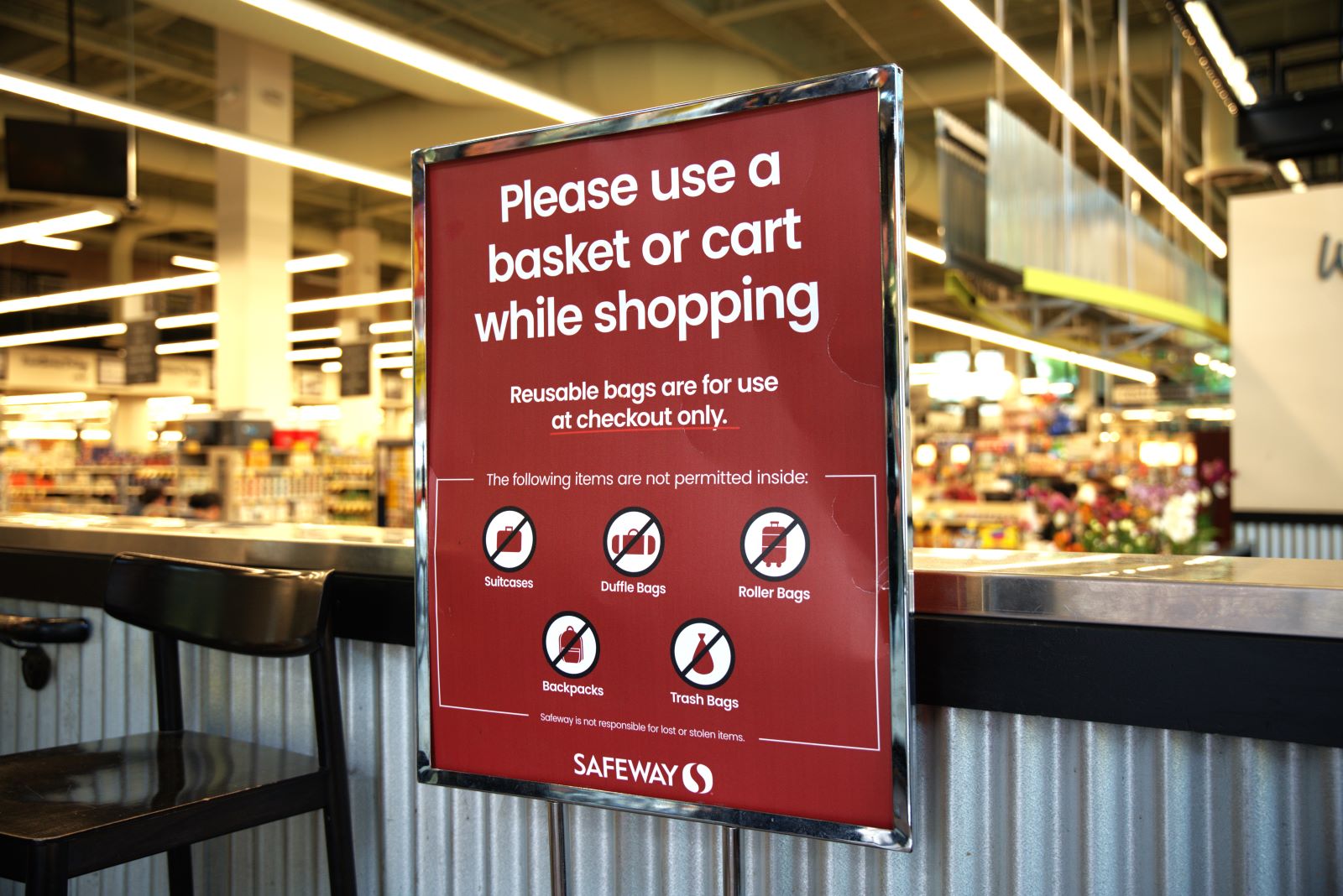Community members gathered on Aug. 6 to remember the two atomic bombs dropped on Japan 74 years ago and to shed light on the unequal effects of nuclear weapons on women, children and indigenous communities.
The event took place at the Japanese American Historical Plaza and was hosted by Oregon Physicians for Social Responsibility. The nonprofit helped pass Senate Joint Memorial 5—a resolution stating that Oregonians want to support all treaties for nuclear prohibition and for nuclear non-proliferation—during the most recent legislative session.
Oregon is the second state after California to pass a resolution of this nature.
Oregon PSR also encouraged those at the event to sign a petition calling on Portland City Council to support the Treaty on the Prohibition of Nuclear Weapons, adopted by the United Nations in 2017. The treaty prohibits participating nations from developing, testing, possessing, using or threatening to use nuclear weapons.
The United States has yet to join the 70 other countries that have signed the treaty.
“There are some lessons I think have not yet been learned,” Congressman Earl Blumenauer said. “[The U.S.] is investing $25 billion a year on weapons that [it] really can’t afford and [it] can’t afford to use.”
Blumenauer gave a brief history of nuclear armament in the U.S., explaining that during the Reagan administration, the country was in possession of 25,000 nuclear weapons, but it has since reduced that number to 1,700 weapons after the public demanded a reduction.
Michiko Kornhauser was growing up in Japan when the bombs were dropped. She and her classmates had fled the dangers of the war to the countryside outside of Hiroshima, taking refuge in a temple.
“One day in August, we the children were playing outside of the temple,” Kornhauser said. “The sky was blue and clear. Suddenly we noticed that something was flying over us and before we knew it we were seeing something falling all over us. Soon we were covered in grey ash.”
“That night the teacher told us that a huge bomb fell over Hiroshima and the entire city was wiped out,” she continued. “We then knew where the ash came from.”
She later reunited with her mother and her baby brother. Food was scarce, and her brother died of malnourishment. Another teenage boy who was separated from his family was staying with them. The boy decided to go to Hiroshima to find his brother, and the exposure to the remaining radiation poisoned him to death.
“He never saw the bomb explode—he only walked around the city looking for his brother,” she said. “Now this entire family was gone. I began to wonder about the ash that fell all over us on the temple ground. It must have been radioactive.”
The event also explored the health effects of nuclear production. Hanford, Wash. is a decommissioned nuclear production complex and home to the world’s first plutonium production reactor. The plutonium produced at the Hanford site was used in the atomic bomb that was dropped over Nagasaki.
Patricia Hoover also spoke at the event. Hoover grew up in Hermiston, Ore. is considered a “downwinder” and was exposed to Hanford’s nuclear radiation as a child.
She talked about the health effects on women including spontaneous abortions, miscarriages and birth defects.
“I have so many stories of women who carried five children to term, and they all died,” said Hoover. “One of my best friends in Walla Walla had seven babies brought to term. One, the brains were on the outside of the skull, one had no limbs, one had a stroke as soon as it came out of the birth canal. The stories of these women’s terrible birth outcomes are a product of our nuclear weapons production.”
“My family ends when my sister and I die,” Hoover said, as she and her sister were unable to have children.
Hanford is now considered the most contaminated nuclear site in North America. Blumenauer said today, 80% of the American public believes the U.S. needs to reduce its nuclear weapons.







DODECAHEDRON: The Natural Triggers of Nuclear War
“What causes a leader of a nuclear armed nation to press the button and start nuclear war?” were the last words of the last man on earth who mused while in the grip of excruciating pain from his stomach acid spilling out and digesting his own innards, “Could anything have been done to keep this horror of little children endlessly screaming in pain from happening?” Well, say we founders of A WORLD WITH NO WEAPONS, Ruth Marion Graf and Peter Calabria, of course something can be done ahead of time, at least theoretically. If the leaders of all the nuclear powers destroyed their weapons, no nuclear war would be possible. We’d be home. But realizing that seems impractical and extremely unlikely. And the nukes could all be remade from scratch later. So that path to security is pretty much impossible. An alternative remedy is to put together a world-wide political movement starting in America for a one-world government. Such a new kind of nation that encompasses all the people in the world makes war, including nuclear war, flat out logically impossible because such a one-world nation of all the people in the world can have no other nation on planet Earth to be at war with. Once the leaders of the nuclear armed nations have the mathematics in Dodecahedron understood sufficient to see that nuclear annihilation is statistically as certain as such mathematical certainty can be, the sane nuclear leaders will be for the one-world government and a reluctant leader too greedy to forego power for the sake of the rest of the human race can be convinced by the other nations acting together and by an angry working class in their own country eager for out-and-out revolution against such an obvious tyrant. To ignore the problem is blind foolish unless you really don’t care about the prolonged intense pain that will be inflicted on you and 8 billion other people during the last 60 days of mankind’s burning in true hell. Dodecahedron’s mathematics are on the attachment along with an explanation of its basic ideas in an easy to read story form.
Please circulate to your friends and colleagues. Thank you,
Ruth Marion Graf & Peter Calabria, PhD (RPI)Portland